If you're gearing up for backcountry skiing, picking the right bindings is a big deal. Here’s the quick scoop:
- Tech Bindings: Lightweight and efficient, great for long uphill climbs and multi-day tours. Perfect for intermediate to advanced skiers who want to save energy on ascents.
- Frame Bindings: Heavier but sturdy, offering a downhill experience closer to regular alpine skiing. Ideal for beginners or those splitting time between resorts and backcountry.
Snowfeet* gear changes the game. Their compact Walkski Backcountry Touring Skis (100 cm) pair well with either binding type and work with regular winter boots - making skiing simpler and more fun. Whether you're a seasoned adventurer or just starting out, Snowfeet* offers an easy, accessible way to explore the backcountry.
Quick Comparison
| Feature | Tech Bindings | Frame Bindings |
|---|---|---|
| Weight | ~10.6 oz per binding | ~3 lbs 14.8 oz per pair |
| Uphill Efficiency | Excellent – easy on long climbs | Lower – heavier and tiring |
| Downhill Feel | Good – agile and light | Excellent – stable and secure |
| Boots Needed | Requires tech-compatible boots | Works with alpine boots |
| Best For | Long tours, advanced skiers | Beginners, resort & backcountry |
Key takeaway: If uphill efficiency matters most, go for tech bindings. If you prioritize downhill performance and ease of use, frame bindings are your answer. Want a simple, lightweight option? Snowfeet* Walkski might be your new favorite.
How to Choose Alpine Touring or AT Ski Bindings
Tech Bindings: Features, Benefits, and Best Uses
Tech bindings are a game-changer for backcountry touring, offering a super lightweight alternative to the heavier setups you'd find with traditional brands like Rossignol and Atomic. The secret? A pin-and-insert system that connects securely to boots with tech inserts. This design prioritizes efficiency, making long climbs feel less like a slog and more like an adventure. And when paired with Snowfeet* products, the performance boost is undeniable.
Key Features of Tech Bindings
The beauty of tech bindings lies in their simplicity. Unlike traditional alpine setups with bulky frame mechanisms, tech bindings use metal pins that clip directly into small inserts on compatible boots. This design slashes weight while keeping all the functionality you need for touring.
On the uphill, tech bindings let your heel move freely while your toe stays locked in. This creates a natural walking motion, making climbs feel smoother and easier on your legs. When it’s time to head downhill, the heel piece locks in place, giving you the stability needed for confident turns.
"Tech bindings are the best touring bindings for those prioritizing uphill performance. They are handy for long tours and multi-day expeditions, where weight savings are crucial."
The lightweight construction means you’re carrying less with every step - an advantage that really adds up on long tours. This efficiency isn't just theoretical; it’s something you feel with every stride in the backcountry.
Benefits of Using Tech Bindings with Snowfeet* Products
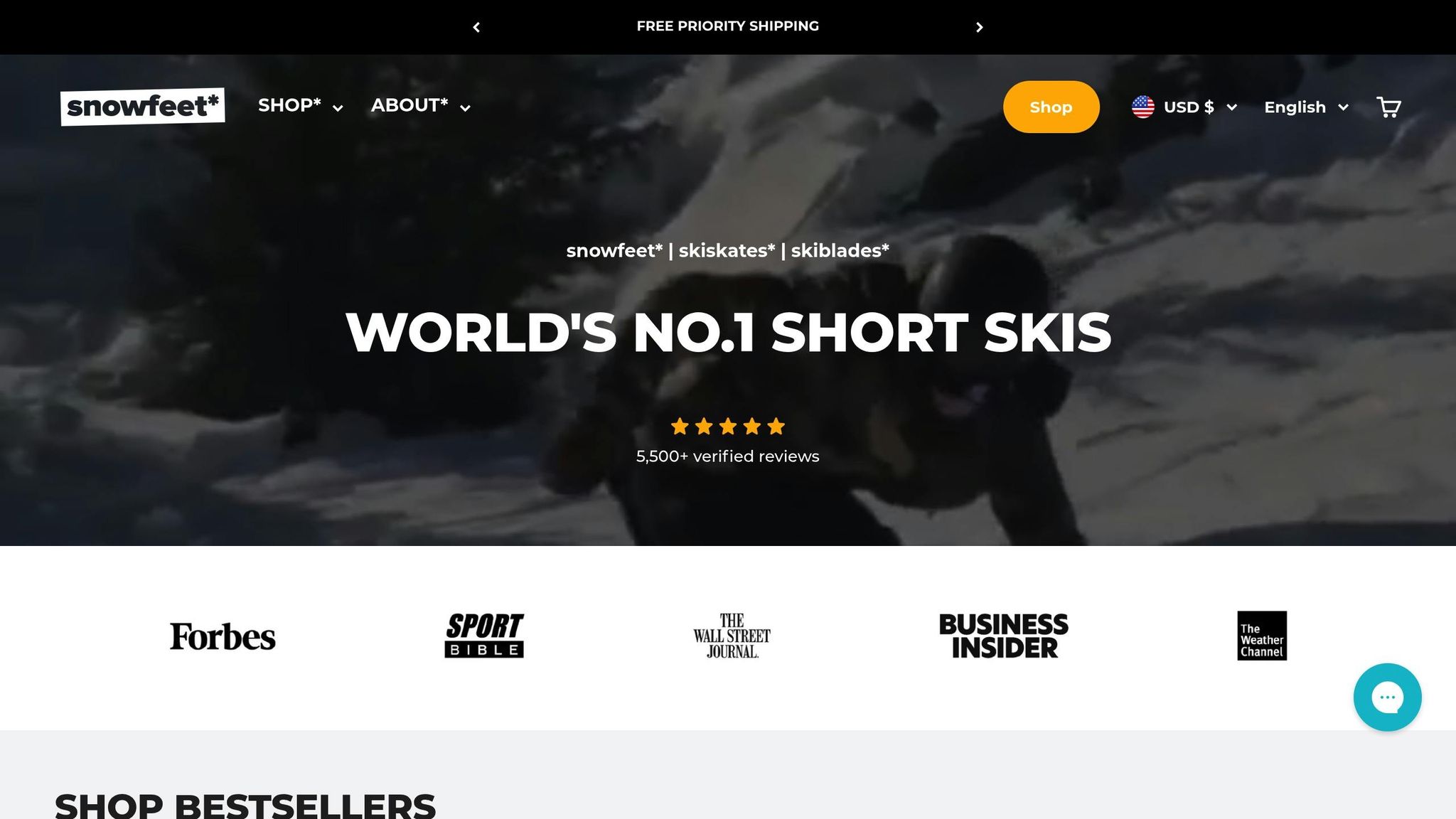
Snowfeet* products are already known for their lightweight, compact design. Pair them with tech bindings, and you’ve got a setup that’s as portable as it is efficient. Unlike traditional skis, this combination delivers unmatched agility and ease of use on the mountain.
The short, compact size of Snowfeet* skis - ranging from 65 cm to 140 cm - means they’re naturally easier to handle. Add tech bindings, and you’ll have a system that fits neatly into a backpack and doesn’t sap your energy on long climbs. It’s the perfect solution for adventurers who want to explore backcountry terrain without the bulk or hassle of traditional gear.
"With these little skis, you feel much more agile, faster, and above all – comfortable. No buckles, no heavy boots – just strap in and go." – Jakub F, Snowfeet* User
This setup shines in tight spaces and steep terrain. The combination of Snowfeet* skis and tech bindings makes navigating challenging areas feel effortless, whether you’re climbing up or cruising down.
Who Should Choose Tech Bindings?
Tech bindings are perfect for backcountry enthusiasts who value uphill efficiency and don’t mind a slightly different feel on the descent. They’re ideal for long tours, multi-day trips, or anyone looking to cover more ground with less effort.
Intermediate and advanced skiers will get the most out of tech bindings, as their skills make it easier to adapt to the more nuanced power transfer compared to alpine bindings. And if you’re someone who cringes at the thought of lugging heavy gear through the backcountry, the lightweight design of tech bindings - especially when paired with Snowfeet* short skis - is a dream come true.
For those who prioritize exploration and versatility over pure downhill performance, this combination opens up new possibilities. It’s a setup designed to help you reach areas that would feel out of reach with heavier equipment. While tech bindings do require boots with special inserts, the performance gains far outweigh this small requirement, making every tour more enjoyable and less exhausting.
Frame Bindings: Features, Benefits, and Best Uses
Frame bindings sit in the sweet spot between alpine and backcountry setups, offering a familiar feel for skiers who want to step beyond the resort boundaries. Unlike tech bindings, which focus on weight savings and efficiency, frame bindings keep the solid, sturdy feel of alpine gear while still allowing for touring. This makes them a great choice for skiers transitioning from resort skiing to backcountry adventures.
The design philosophy behind frame bindings is all about compromise - they aim to blend the best of both worlds but come with some trade-offs, particularly in weight and uphill efficiency.
Key Features of Frame Bindings
Frame bindings work using a plate system that connects the toe and heel pieces. During walk mode, the entire binding pivots at the toe, keeping your boot securely locked in place. This is a big difference from tech bindings, where only the toe stays connected. The result? A more secure feel on the uphill, but at the cost of a less natural walking motion.
These bindings come with integrated brakes and adjustable release settings that meet DIN ISO safety standards, offering the same level of safety you’d expect from alpine bindings. Plus, they’re compatible with a wide range of boots, making them a convenient choice for those just starting out with touring.
However, that sturdy design comes with a downside: weight. Frame bindings are noticeably heavier than tech bindings, and switching between walk and ski modes can be slower. They’re also prone to icing up in tough conditions, which can be a hassle during long tours.
Now, let’s weigh the pros and cons of frame bindings.
Pros and Cons of Frame Bindings
The Upsides:
- Frame bindings shine on the downhill, delivering a performance that feels very similar to alpine bindings. This is a huge plus for skiers tackling steep descents or tricky snow conditions.
- They’re compatible with a wide variety of boots, making them beginner-friendly and less intimidating than tech bindings.
- For those easing into backcountry skiing, they’re often a more affordable option compared to other setups.
The Downsides:
- The added weight can make uphill travel more tiring.
- The walking motion isn’t as smooth or efficient since your entire boot stays locked into the binding.
- They’re slower to transition between modes and can ice up, which might test your patience on longer tours.
On the other hand, lighter options like Snowfeet* gear focus on portability and efficiency, offering a sleek alternative for those looking to avoid bulky setups.
Who Should Choose Frame Bindings?
Frame bindings are a solid pick for skiers who are just dipping their toes into backcountry skiing. If you’re already comfortable with alpine gear and want to explore touring without diving into highly specialized equipment, frame bindings offer a familiar and reliable platform. They’re especially appealing for resort skiers who split their time between groomed runs and off-piste adventures, thanks to their dependable downhill performance - even if they’re a bit heavier on the climbs.
For aggressive skiers tackling tough conditions, the sturdy build and safety features of frame bindings can be a big advantage. That said, if your goal is to cover long distances or focus on efficiency in the backcountry, the extra weight might hold you back. When deciding on your setup, it’s worth weighing these trade-offs against the lightweight alternatives offered by Snowfeet*.
Tech Bindings vs Frame Bindings: Side-by-Side Comparison
To help you decide between tech and frame bindings, it all boils down to what you value most: uphill efficiency or downhill security. Tech bindings shine on long ascents with their lightweight design, while frame bindings provide a more alpine-like feel, perfect for aggressive downhill skiing.
Tech bindings are all about cutting weight, which makes those long climbs a lot less exhausting. On the other hand, frame bindings deliver the stability you’d expect from traditional alpine setups but come with added bulk and slower transitions. Here’s a quick breakdown of the key differences:
Comparison Table: Tech Bindings vs Frame Bindings
| Feature | Tech Bindings | Frame Bindings |
|---|---|---|
| Weight | About 10.6 oz per binding to ~2 lbs 8.8 oz/pair | Around 3 lbs 14.8 oz or more per pair |
| Uphill Efficiency | Excellent – natural stride, less fatigue | Lower – feels heavier and more tiring |
| Downhill Performance | Good – best in soft snow, less secure on variable terrain | Excellent – secure and stable, like alpine gear |
| Transition Speed | Fast – easy switching between walk and ski modes | Slower – mechanisms can ice up, slowing transitions |
| Boot Compatibility | Requires tech-compatible touring boots | Works with standard alpine boots |
| Best For | Long backcountry tours and fast ascents | Resort skiing, sidecountry, and traditional setups |
One of the standout features of tech bindings is how quickly they let you switch between walk and ski modes. This can be a game-changer when the weather turns or terrain changes unexpectedly. Frame bindings, while sturdy, can’t match that speed - they’re slower to adjust, and snow or ice buildup can make transitions even trickier.
Boot compatibility is another big consideration. Tech bindings require boots with tech inserts, which limits your options a bit. Frame bindings, however, work with standard alpine boots, making them a more familiar choice for many skiers.
Interestingly, Snowfeet* products sidestep this whole compatibility issue. They’re designed to work with regular winter footwear, making them super convenient for anyone who doesn’t want to invest in specialized boots. Plus, their lightweight and portable design make them a great alternative to traditional setups, offering a blend of accessibility and performance that’s hard to beat.
sbb-itb-17ade95
How to Choose: Terrain, Skill Level, and Snowfeet* Compatibility
Picking the right binding setup boils down to three main factors: where you'll be skiing, your experience level, and the gear you're using. Snowfeet* products make this process a lot simpler compared to traditional setups, which often lock you into specific boot and binding combinations. Let’s break down how terrain, skill level, and Snowfeet* compatibility come into play.
Choosing Bindings Based on Terrain
When it comes to bindings, the type of terrain you’ll be tackling plays a huge role in your decision.
Steep slopes call for lightweight bindings that can switch modes quickly. Tech bindings are a great choice here - they can shave over 1 kg (about 2.2 lbs) off each ski and let you transition between modes in as little as 10 seconds. This speed and weight-saving can be a lifesaver when conditions change suddenly on exposed terrain.
For rolling backcountry trails or moderate terrain, tech bindings are also a win. Their lighter weight helps you conserve energy over long distances, making it easier to cover more ground without feeling wiped out.
If you’re sticking mostly to resort skiing with occasional backcountry adventures, frame bindings might be your go-to. They handle a variety of conditions and speeds well, offering a familiar alpine feel whether you’re carving groomers or hitting the terrain park.
"Overall, a frame binding is a good option for those who prioritize downhill shredding and plan to spend more days at the resort than in the backcountry. However, weight is the price you pay for the dual functionality, and as a result, we don't recommend them for longer tours."
Skill Level and Binding Selection
Your experience level also plays a big role in choosing the right setup.
Beginners often lean toward frame bindings because they feel just like regular alpine bindings. There’s no extra learning curve for transitions, and the familiar setup helps build confidence. That said, the added weight can make longer tours more tiring for those new to backcountry skiing.
Intermediate to advanced skiers aiming to step up their touring game should look into tech bindings. They’re far more efficient, though they do require some practice to master quick transitions and adjust to a different feel during descents.
"Many seasoned backcountry skiers decide that the ability to travel fast and light through the mountains with less weight on each foot is a high priority."
Now, here’s where Snowfeet* changes things up. Unlike traditional long skis from brands like Head or Elan that require specialized boots and complex binding systems, Snowfeet* Walkski Backcountry Touring Skis work with regular winter boots. This eliminates the need for expensive touring boots, making backcountry skiing way more accessible.
At just 100 cm (about 39 inches) long, Snowfeet* Walkski skis are much easier to handle than the 170+ cm skis you’d find in traditional setups. For new skiers, this means a gentler learning curve and less stress on descents. It’s a game-changer for anyone intimidated by the bulk and complexity of conventional setups.
Snowfeet* Product Compatibility
Snowfeet* Walkski Backcountry Touring Skis (100 cm) offer some standout features that solve many of the compatibility headaches traditional setups bring. The Walkski bindings work seamlessly with regular winter boots, so you can forget about worrying over tech inserts or alpine boot compatibility. Just strap in and you’re good to go.
"If you are looking for a simple, easy to use backcountry bindings, the best solution is Walkski bindings: they are easy to adjust and use, plus you don't need any special boots to walk with them."
Portability is another area where Snowfeet* shines. At 100 cm, these skis can fit into a standard backpack - something you can’t do with the 170+ cm skis from brands like Atomic or Rossignol, which usually require roof racks or oversized bags. This means you can hike to remote spots and ski down, something that’s nearly impossible with traditional setups.
For mixed terrain, Snowfeet* products offer unmatched versatility. Their shorter length makes them ideal for navigating tight trees, handling variable snow conditions, and tackling technical terrain where longer skis can feel clunky. Plus, the learning curve is much shorter. While mastering tech bindings on traditional long skis might take seasons, Snowfeet* gear is intuitive and easy to use, so you can spend more time enjoying the mountains and less time fiddling with your equipment.
Conclusion: Making the Right Choice for Your Touring Needs
Picking between tech bindings and frame bindings comes down to three things: weight, performance, and how you plan to use them. Tech bindings are much lighter - frame bindings can weigh about 3 pounds 14.8 ounces per pair. That weight difference is a big deal on long climbs when every ounce feels like a pound.
Tech bindings shine when it comes to weight savings and quick transitions. They also keep you closer to the ski, giving you better control - especially with shorter skis. On the other hand, frame bindings offer a familiar alpine feel and standard DIN certification. This makes them a solid choice for resort skiers who occasionally head into the backcountry. Each option has its strengths, but Snowfeet* Walkski takes a different approach to solving these challenges.
At just 100 cm, Snowfeet* Walkski Backcountry Touring Skis break away from the traditional touring setup. They’re compatible with winter boots, ski boots, or snowboard boots, which eliminates the compatibility headaches of other brands. Plus, they’re budget-friendly. While a typical ski touring setup can cost around $2,200, Snowfeet* Walkski comes in at just $499. That’s a huge difference, making backcountry skiing more accessible without cutting corners on performance. The shorter length also means better maneuverability - perfect for weaving through tight trees or handling tricky conditions where longer skis can feel clunky.
Whether you lean toward tech or frame bindings, Snowfeet* products offer unmatched flexibility. You can pack your entire setup into a backpack, opening up new possibilities that traditional 170+ cm skis can’t match. If you’re looking to dive into backcountry skiing without the steep learning curve - or price tag - Snowfeet* Walkski delivers an exciting, practical, and fun solution. It’s a fresh take on touring that prioritizes ease, performance, and accessibility.
FAQs
How do Snowfeet* Walkski Backcountry Touring Skis compare to traditional long skis in terms of performance and convenience?
Snowfeet* Walkski Backcountry Touring Skis: Compact and Convenient
The Snowfeet* Walkski Backcountry Touring Skis, measuring just 100 cm, are a game-changer for anyone tired of the bulk and hassle of traditional long skis (which often stretch beyond 170 cm). Their shorter length makes them incredibly easy to handle, especially when you're navigating tricky trails, weaving through dense forests, or tackling steep backcountry slopes. With these, you get better control and agility in tight spots.
But it’s not just about size - these skis are lightweight and super easy to carry. That means no more lugging around heavy, awkward gear. Whether you're heading out for a quick adventure, exploring narrow trails, or trying out hidden spots off the beaten path, Snowfeet* Walkskis are designed to keep things simple. They're a practical choice for casual skiers or anyone looking to dip their toes into backcountry touring without the hassle of traditional setups. Freedom, portability, and ease - what’s not to love?
Are tech bindings compatible with Snowfeet* Walkski skis, and what advantages do they offer for touring?
Yes, tech bindings work perfectly with Snowfeet* Walkski skis. They’re designed to pair with boots that have tech inserts, which Snowfeet* skis are built to accommodate. This combo is a game-changer, especially for backcountry touring fans.
When you match tech bindings with Snowfeet* Walkski skis, you get a super lightweight setup that makes those long climbs a lot less tiring. Plus, they offer better uphill efficiency and a smooth walking motion, which comes in handy when tackling tricky terrain. Snowfeet* gear is all about boosting your mobility and performance, offering a fun and flexible alternative to traditional setups like those from Rossignol or Atomic. Whether you're powering up steep slopes or cruising through fresh snow, this setup has you covered for any adventure.
How do I decide between tech bindings and frame bindings for backcountry skiing?
Choosing bindings for backcountry skiing comes down to what matters most to you and your skiing style. Tech bindings are a go-to for those who focus on uphill efficiency. They’re super light and built for long backcountry tours, perfect if you’re all about speed, lightweight gear, and smooth ascents. On the flip side, frame bindings are sturdier and heavier, offering more stability for downhill runs. They also tend to work with a broader range of boots, making them a solid pick if you’re into downhill performance or spend a lot of time on groomed trails.
Snowfeet’s gear, like the Snowfeet Walkski Backcountry Touring Skis (100 cm), strikes a balance between being lightweight and easy to maneuver. This makes them a great choice for skiers who want a mix of versatility and adventure. Compared to traditional ski brands like Rossignol or Atomic, Snowfeet’s compact and innovative designs stand out, catering to dynamic skiers looking for something a bit different.







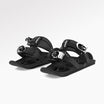













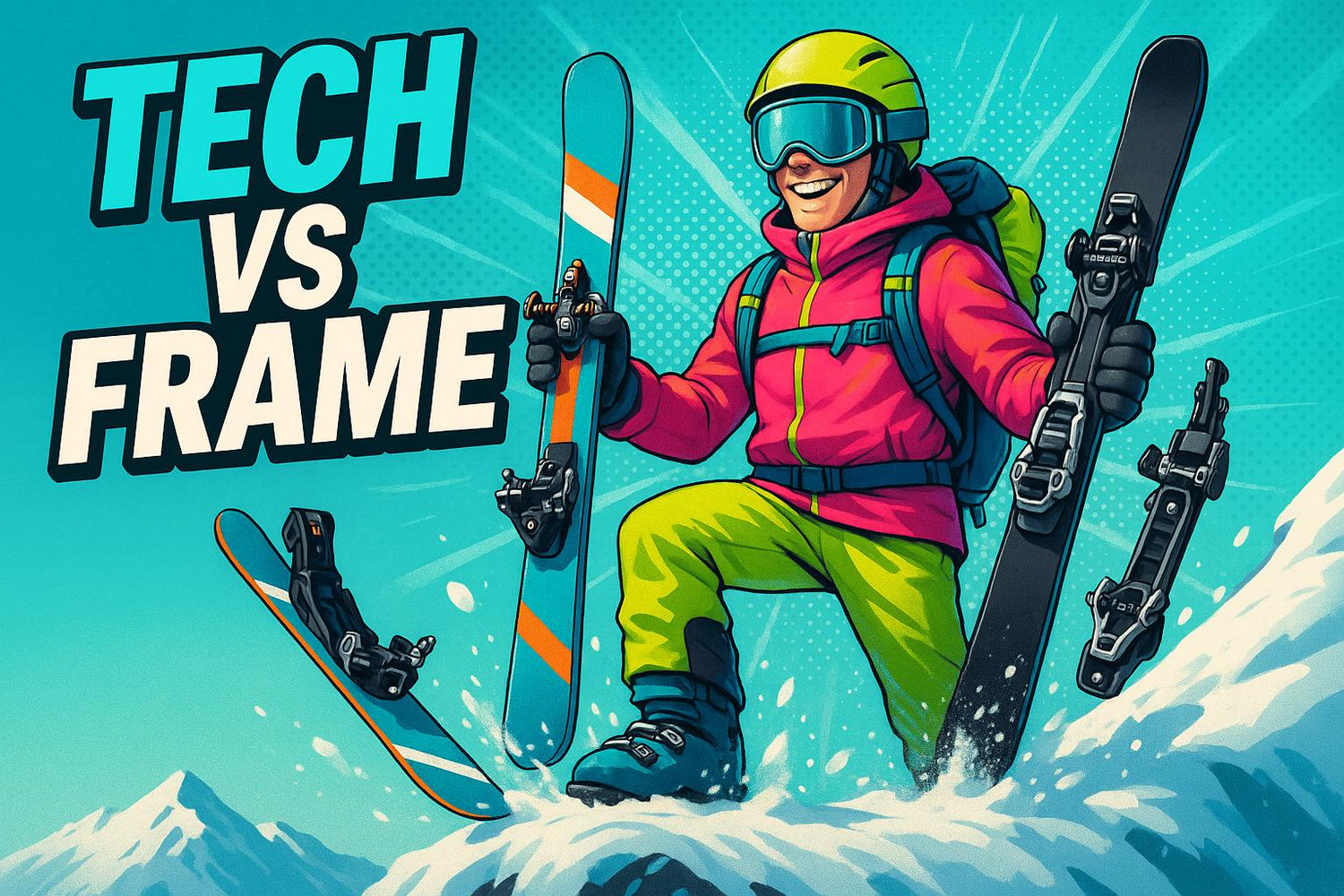
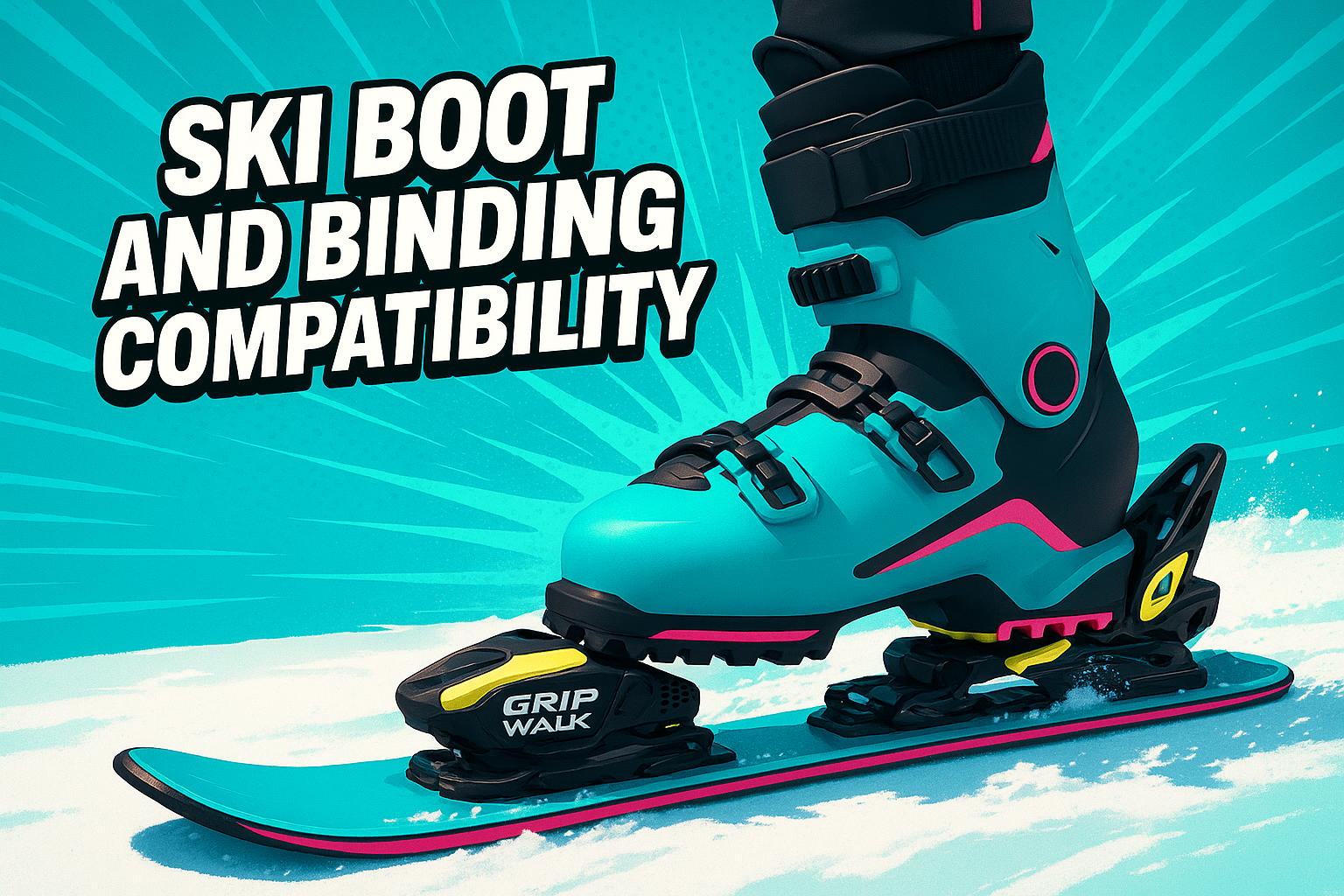
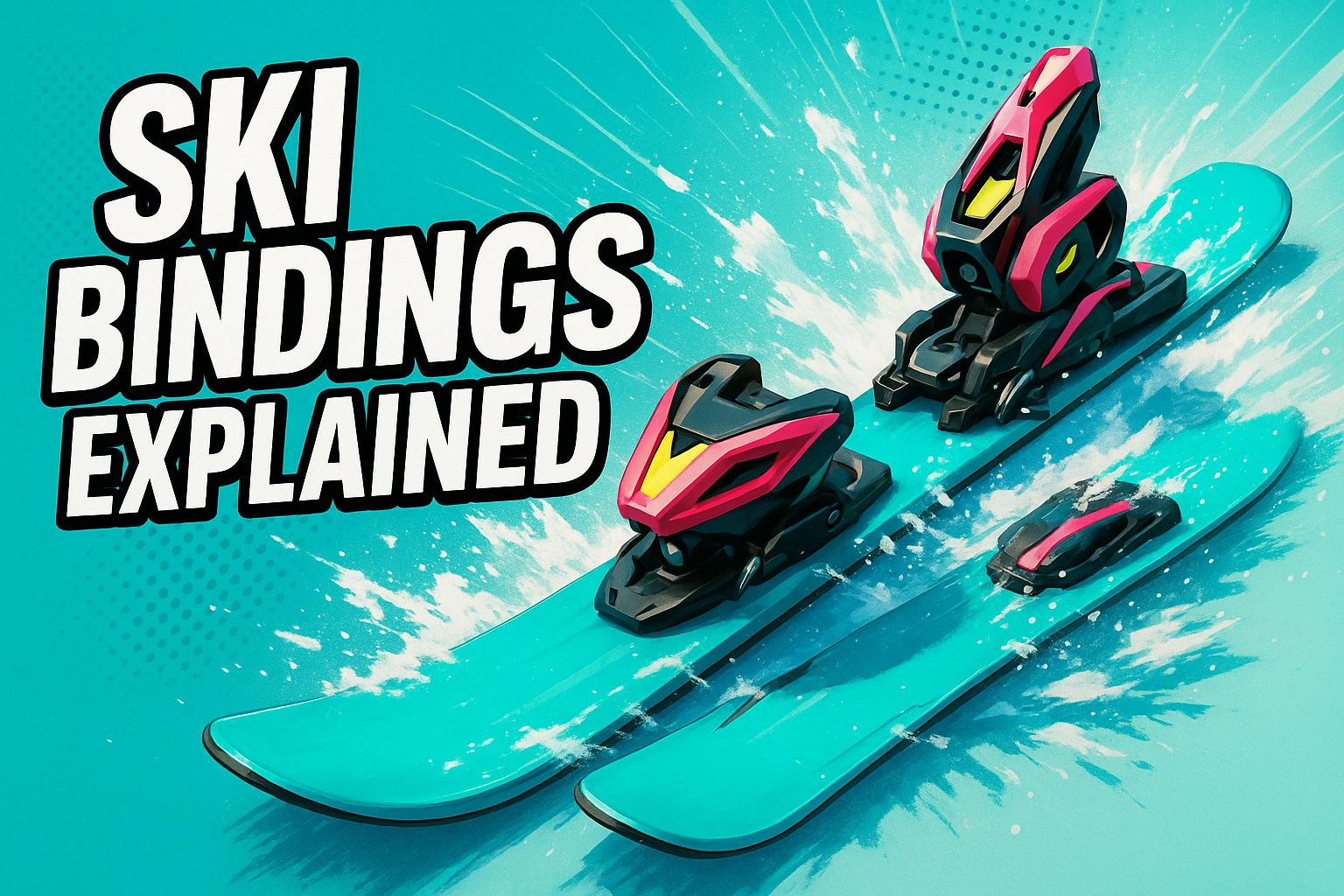




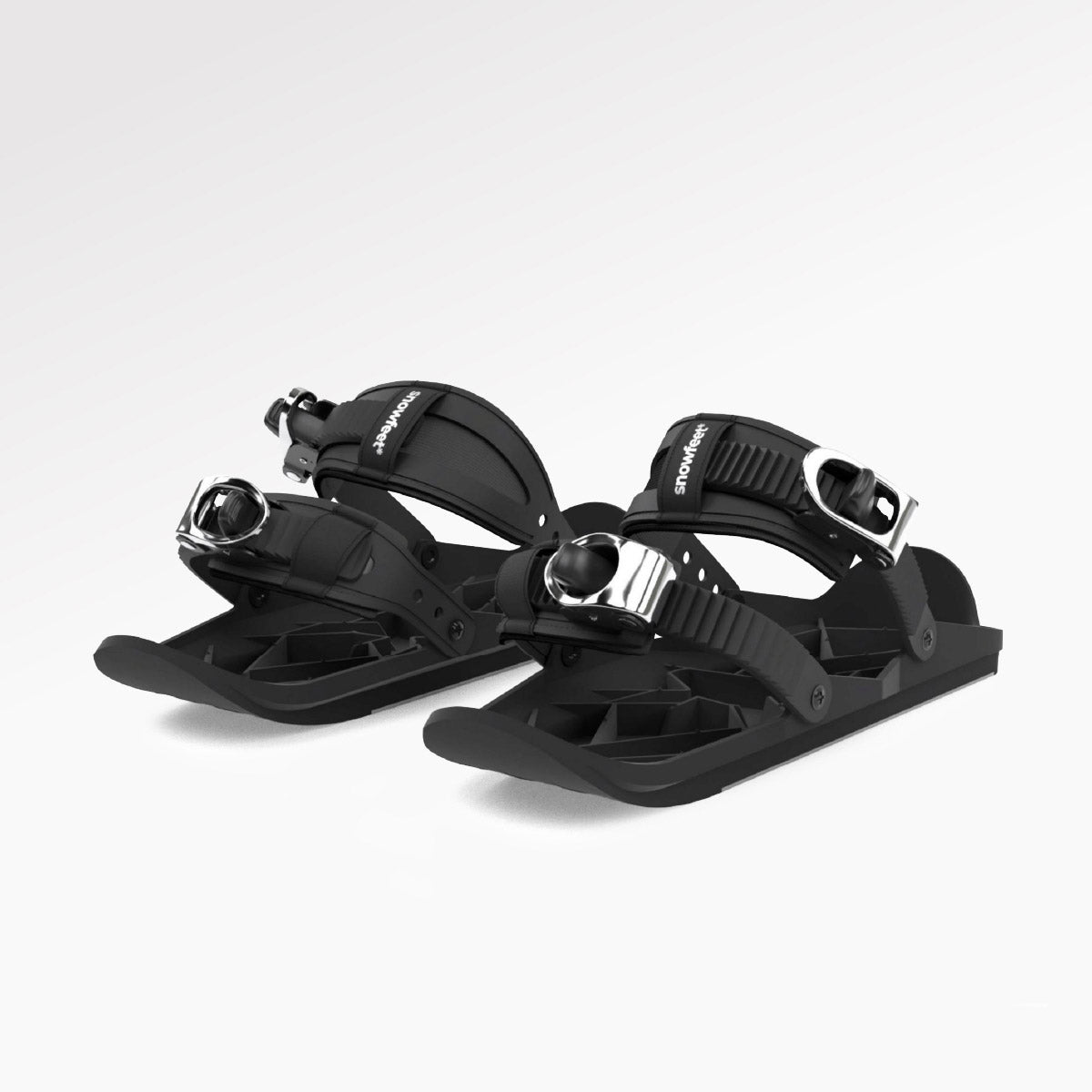
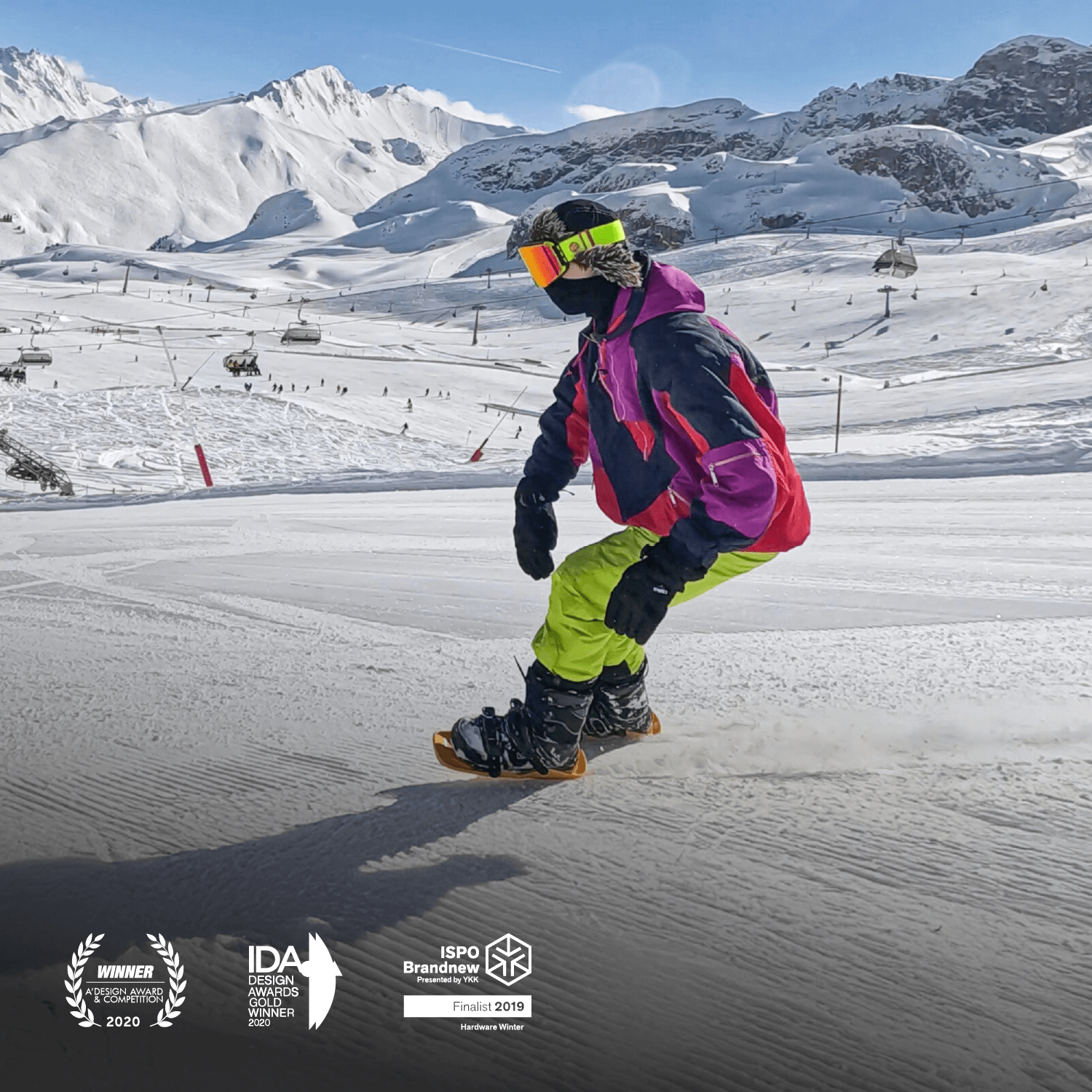




Leave a comment
This site is protected by hCaptcha and the hCaptcha Privacy Policy and Terms of Service apply.